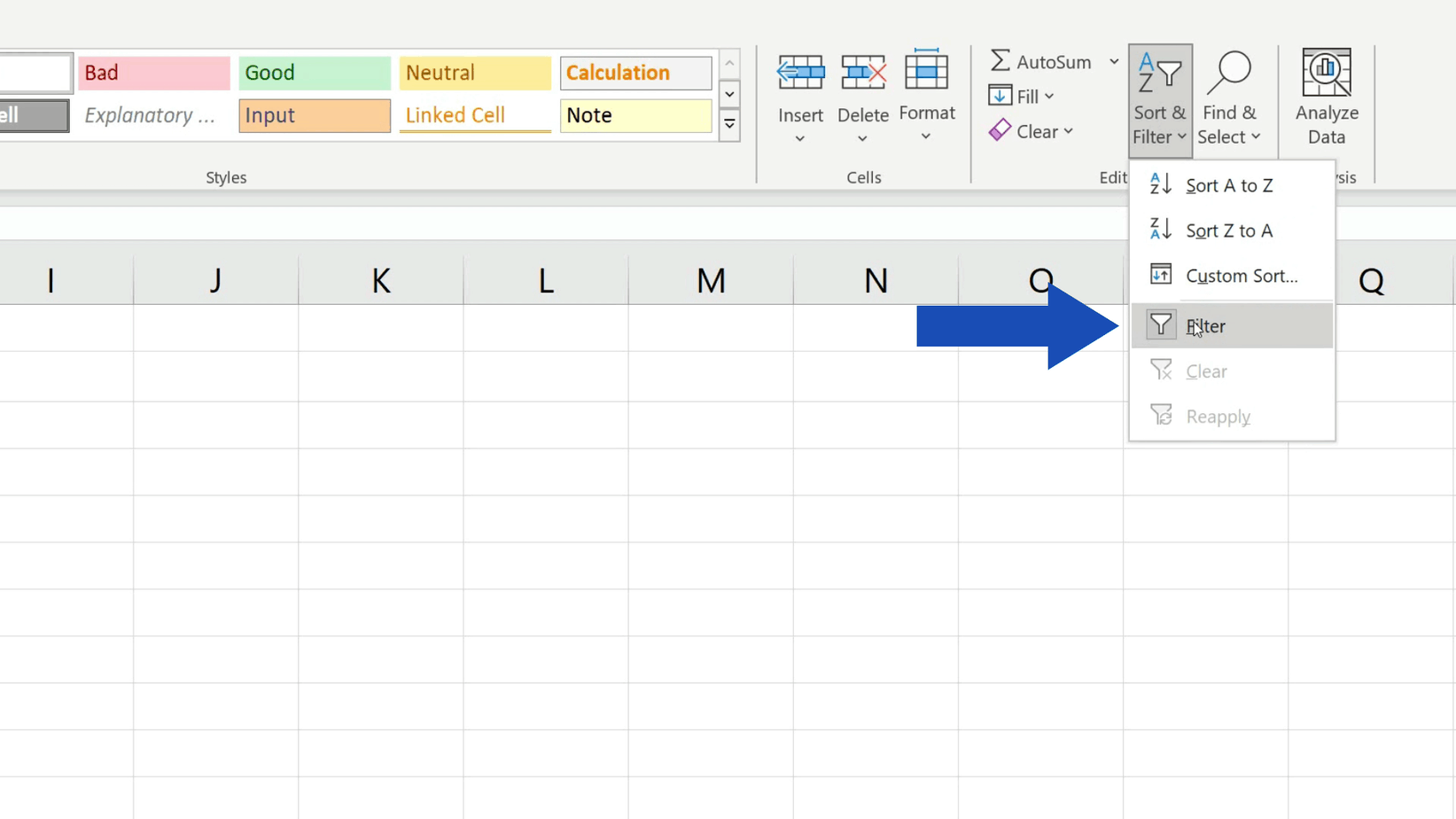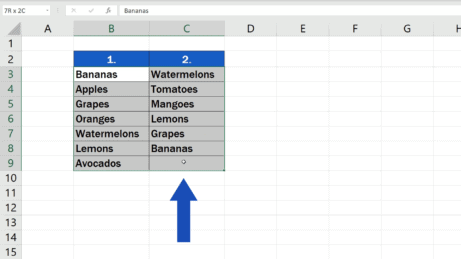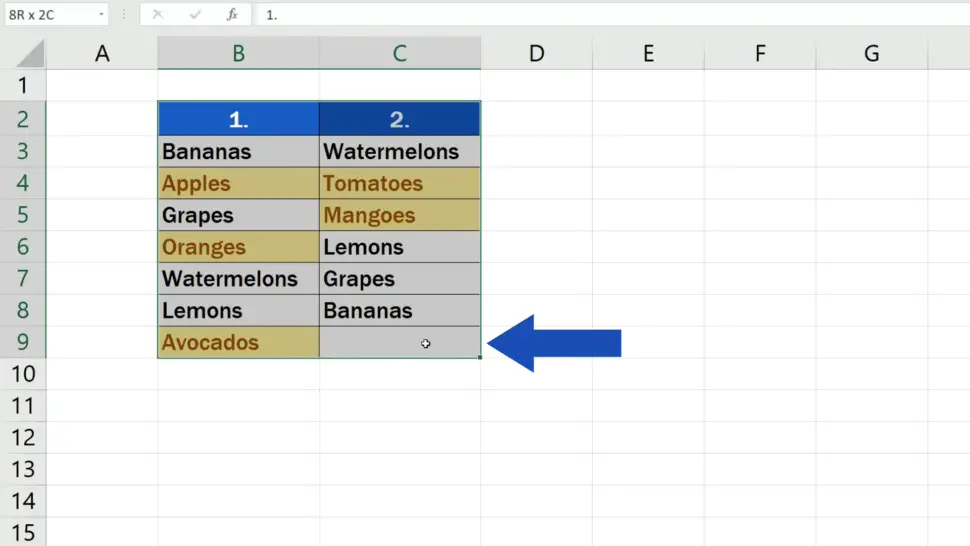

This article is a guide to Compare Two Columns in Excel using Vlookup. VLOOKUP does not necessarily require all the cell values to be neatly sorted and organized alphabetically.Wildcard character asterisk can match any number of characters if the same string of words is available with a table array.When we use a reference cell or value to search in a group of columns containing data to be matched and retrieve the output in the VLOOKUP table array or vertical lookup, the range we use is called VLOOKUP table array. VLOOKUP can match if only the LOOKUP is the same as the table array.

So, unless we are sure about the data, please do not use it and rely on it. Note: This wildcard method is not recommended because it can go wrong.
#Compare two columns in excel and find differences full
Similarly, in cell C7, we have the company name “Mind Tree,” but in “List A” (A6 cell), we have the full company name as “Mind Tree Software Co,” so there are extra characters in “List A.” Since we have provided wildcard character, it has matched the remaining portion of a word and returned the full result.It says “CCD,” and in cell A5, we have the full company name as “Coffeeday Global Ltd (CCD).” Because in the table array, we have the word “CCD,” a wildcard that matches this short form company name word with the full company name in “List B.” For example, look at the value in C3 cell. This wildcard matches any number of characters for the provided value. It is mainly because of the wildcard character asterisk (*).You must be wondering how this is possible?.Now, look at the results in the previous example, we got errors in rows 2 and 7, but we have got a result this time. So, wherever we have got #N/A, those values do not exist in the “List A” column. We are done with the formula, so we must close the bracket and press the “Enter” key to get the result.So, we must choose “FALSE” as the argument, or we can insert 0 as the argument value. We are looking for the range LOOKUP for an exact match.Since we have chosen only one column, our “Col Index Num” will be 1. Next is the “Col Index Num,” i.e., from the selected table array from which column we need the result.The table array will be “List A” cell values, so select the range of cells from A2 to A9 and make it an absolute cell reference.Our LOOKUP value will be the C2 cell value because we are comparing whether “List A” contains all the “List B” values or not, so choose the C2 cell reference.So, we must open the VLOOKUP function first. We can do this by using the VLOOKUP function. We need to match whether “List A” contains all the “List B” values or not.First, when the two column’s data is lined up like the below, we can use the VLOOKUP function to see whether column 1 includes column 2.Note: take a look at the third picture on this page to see that we swapped the last 2 arguments of the IF function.The steps to compare two columns in Excel using VLOOKUP are as follows: You can also display the unique values in the second column. Note: take a look at the second picture on this page to see that we swapped the last 2 arguments of the IF function.Ģ. Display the unique values in the first column (these values do not occur in the second column).

Unique Values in Each Columnĭo you want to compare two columns by displaying the unique values in each column? Simply swap the last 2 arguments of the IF function.ġ. At step 2, we match each value in the second column with the range in the first column. Note: at step 1, we matched each value in the first column with the range in the second column. You can also display the duplicates in the second column. As a result, the ISERROR function returns TRUE and the IF function returns an empty string.Ģ. How can we compare values for two columns in Excel To solve this task, we recommend using conditional formatting which quickly selects the color of positions. The MATCH function in cell C4 returns a #N/A error (no letter D in the range B1:B7). As a result, the ISERROR function returns FALSE and the IF function returns the value in cell A1. Display the duplicates in the first column (these values also occur in the second column).Įxplanation: the MATCH function in cell C1 returns the number 5 (letter A found at position 5 in the range B1:B7). Let's start by comparing two columns and displaying the duplicates.ġ.


 0 kommentar(er)
0 kommentar(er)
